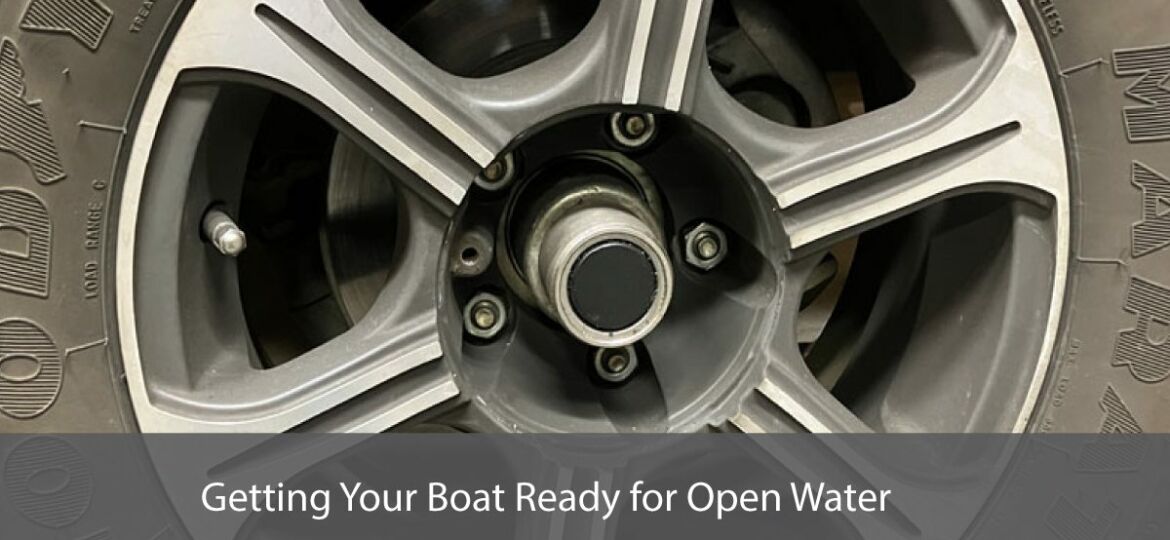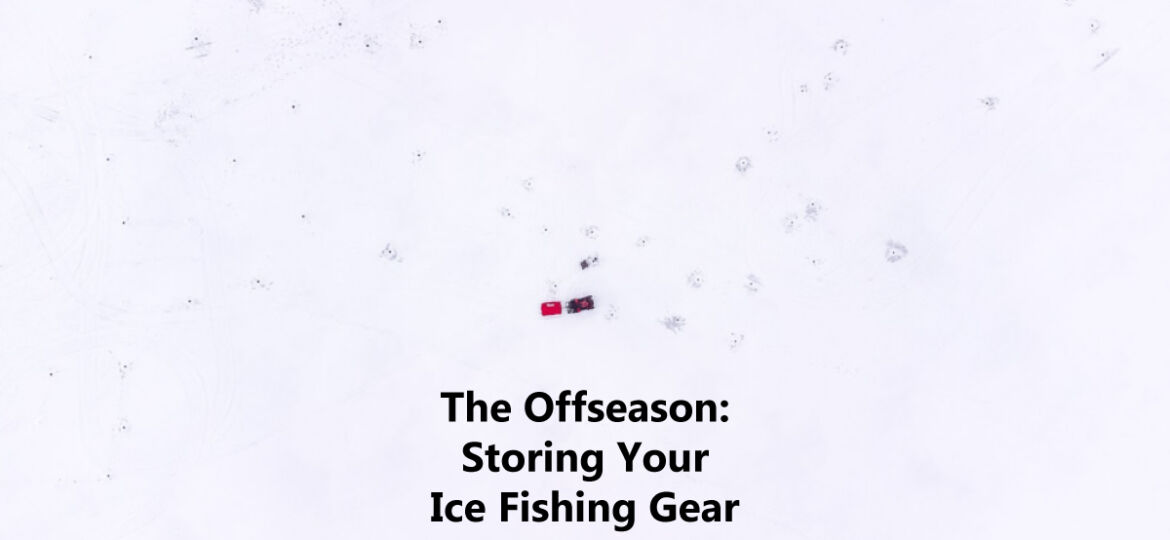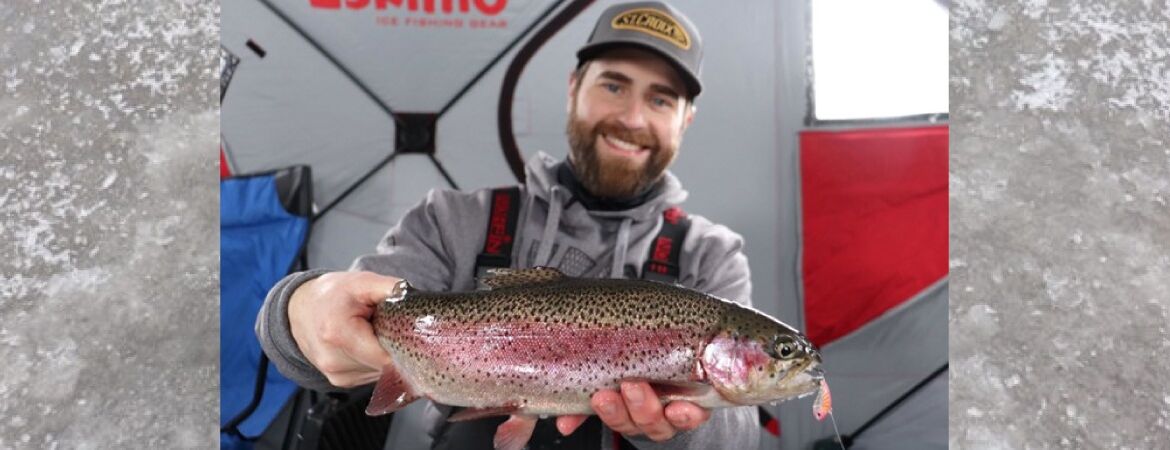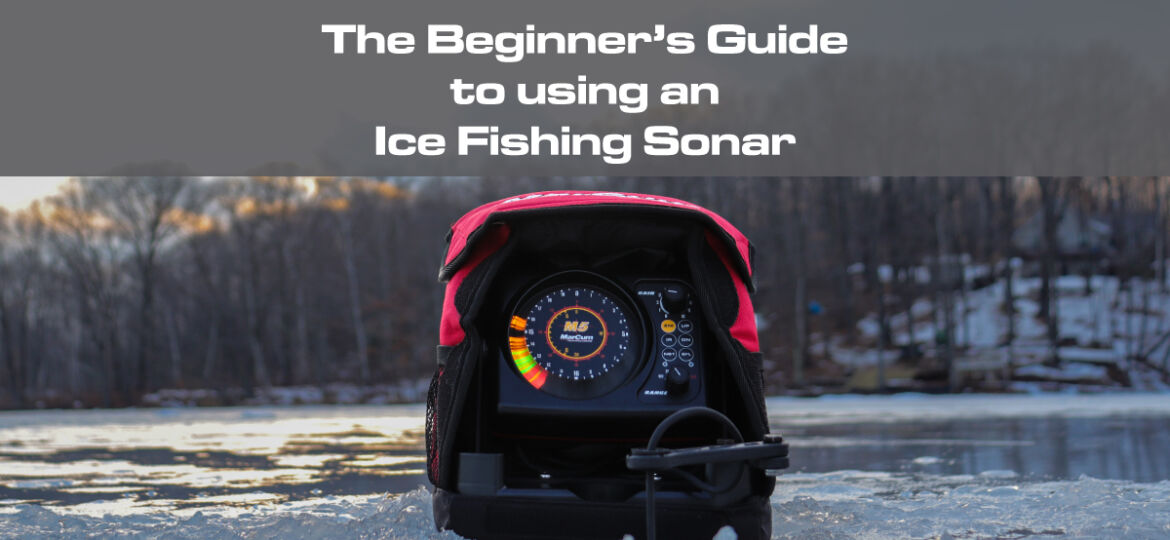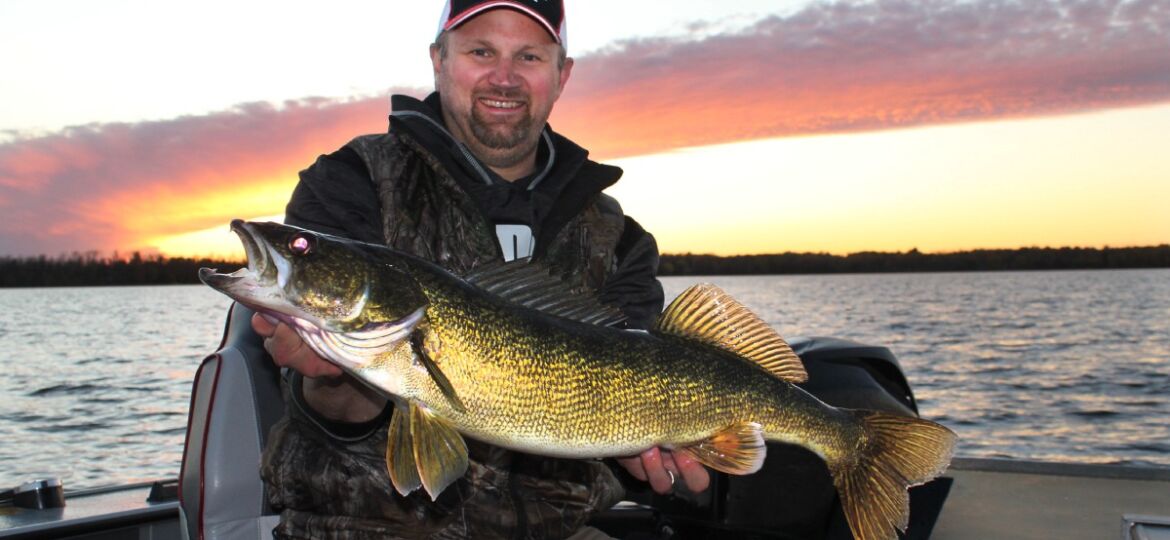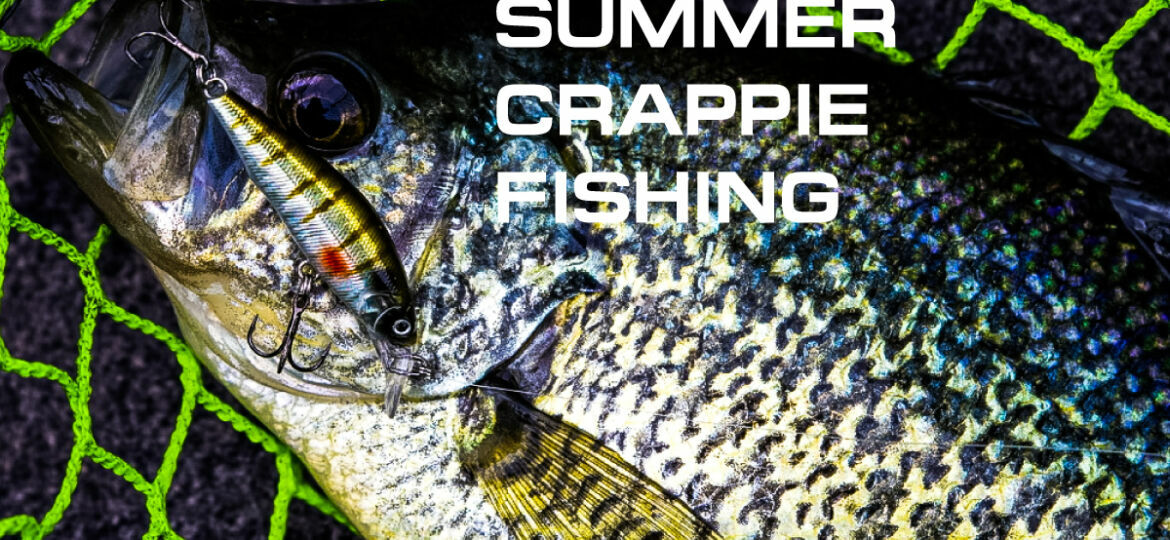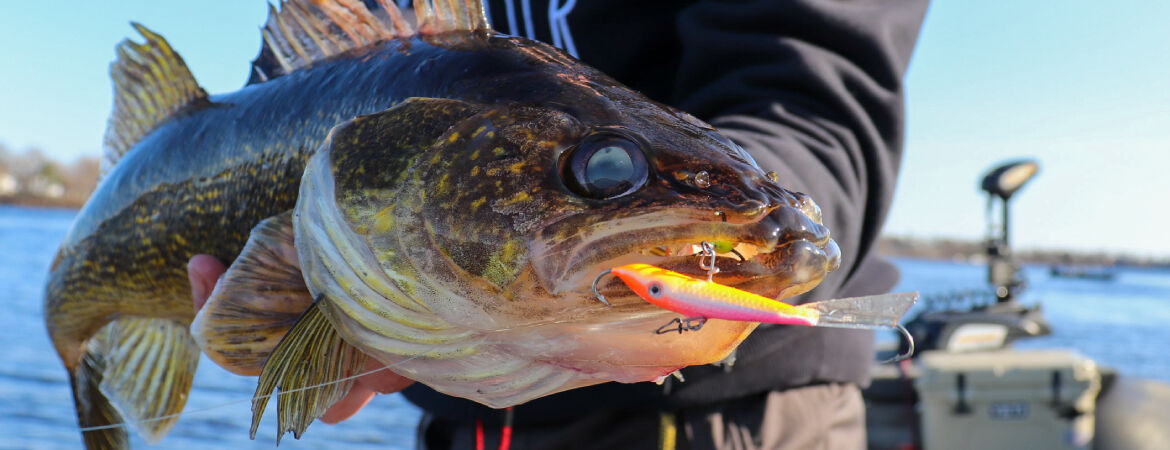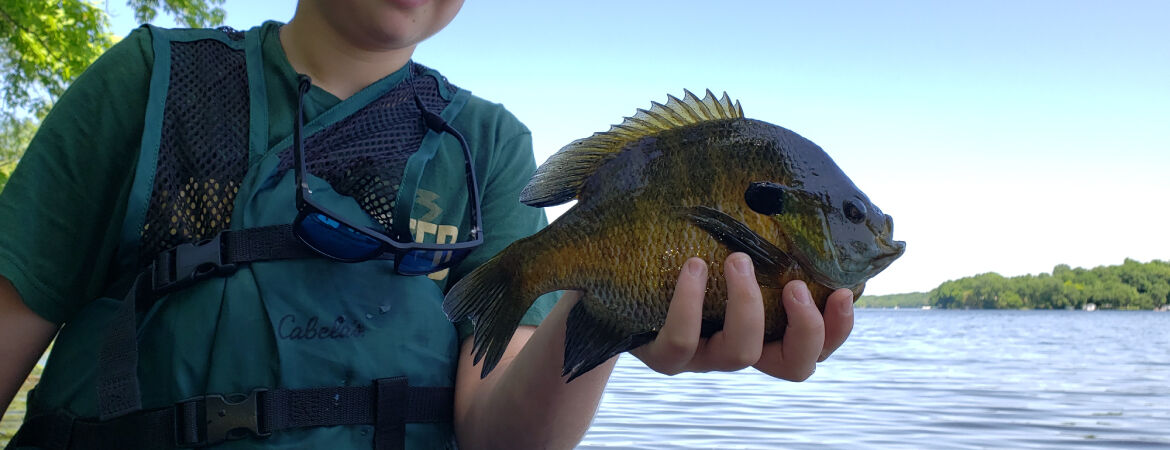Now, for the 2023 ice fishing season, MarCum raises the bar once again, introducing two new models that cater to different angler preferences and budgets.
After a long winter, there is nothing like the unbridled anticipation of hitting the open water once again. Spring and summer is a special time of the year and soaking up the sun on the water is the best way to recharge the body and soul. The last thing you want to have is maintenance issues going to or on the water. Be sure to follow these quick tips to ensure a greater chance at a fun-filled day on the water.
Whether you’re ready for it or not, the ice season is coming to an end sooner than later. For many of us anglers, it was an odd season riddled with less-than-ideal conditions – including lack of ice and excess amounts of snow and ice. With snow melt in full force and deteriorating ice conditions, we can’t help but think of what’s coming next.
Panfish, walleyes and other game fish receive the lion’s share of angling pressure throughout the winter months – mainly because they are so accessible. Some of the more neglected targets during the ice season include stream trout species – rainbow, brook, and brown trout more specifically. Fortunately for ice anglers, states like Minnesota and Wisconsin put forth a great level of effort to ensure there are catchable trout opportunities available.
Stream trout are stocked across the Midwest in a variety of lakes and ponds. They are worthy adversaries for any ice fisherman and offer a unique experience. Determining the right combination of preparation, location, and presentation can lead to winter trout fishing success.
Every year, a new set of anglers both young and old learn to use ice fishing sonar or flashers for the first time. That said, I encounter many anglers on the hardwater each year that still have their ice sonar depth finder on default factory settings from when they bought the unit 10 years ago. Whether you’re brand new to the game, or it’s old-hat, here are some answers to age old questions along with new ones to keep it interesting and catch more fish.
Sports fanatics live for it. Athletes push all year for it. And anglers should continue to pursue their favorite species into the “post-season.” Fall can be just like that on the water, only a few have survived to make it this far. So both the fish and remaining anglers get all the attention and action.
Lakes and rivers are wide open for anglers and fish are feeding more heavily as winter is approaching. Not only does your chance at numbers of fish increase but also the chance of catching your biggest fish of the year. Pike, Bass, Walleye and panfish will all be more apt to hit your offerings. As the water cools it tends to bring fish shallower as baitfish often times will be there as well. Prior to the proverbial “turnover” is the best time to be out on the water.
Throughout the summer months, schools of crappies typically concentrate themselves along weed edges, as well as pockets and holes in the weedy cover. In certain situations, fish will push further into the weeds and in others, push out away from the edges, but still remain in close proximity to the weeds. Focus your efforts on these keys areas.
As the season progresses, crappies will also inhabit other areas, often in slightly deeper water. Woody cover – such as man-made cribs or submerged timber – act as crappie magnet regardless of the time of year, but they tend to concentrate fish towards the tail end of the summer.
Mist from the baitcast reel erupted into the morning air as the crankbait rocketed toward the conspicuous riprap that hugged the edge of the river. As soon as the lure hit the water it was brought to life with a few cranks on the reel.
Instantly the wobble of the lure going back and forth could be felt in the rod tip. It didn’t take very long for the lipped crankbait to start digging in the rocky bottom. Tick, tick, wham! Fish on as the lure got to the edge of the swifter current and it feels like a good one as the fluorocarbon line is being stretched by the bull-dogging fish in the current.
Water temperatures that build into the high 60 and 70 degree marks will definitely get fish moving, and that usually coincides with a few hatches.
Bugs crawling out of the deep mud get rafted against the main-lake structure, and signify some of the initial pushes to offshore humps, bars, and reefs. It’s often when casual walleye anglers, or those who see early mixed bags of walleyes with crappies and gills, stop catching them.
Anglers don’t always follow, sometimes because they’re not required to. This is a dynamic time of year as the summer food chain ramps up production. That means anglers don’t always have to look deep to find fish, and several patterns can be going at the same time.
If you’re a crappie angler, one of the best bites of the year has come and gone with the early spring crappie bite. For bluegill fans, the best is yet to come, as we move from a shallow water period for one species into another.
There’s no doubt that the spawning season for crappies and bluegills offer some great opportunities for skinny water panfishing, and even sight fishing, which makes fishing feel like it did when you were a kid.
Bobbers and small jigs are plopped into any good looking developing weeds or brushy areas, only to drop with an aggression not seen since the previous year’s fishing It’s hard not to be excited about it.


